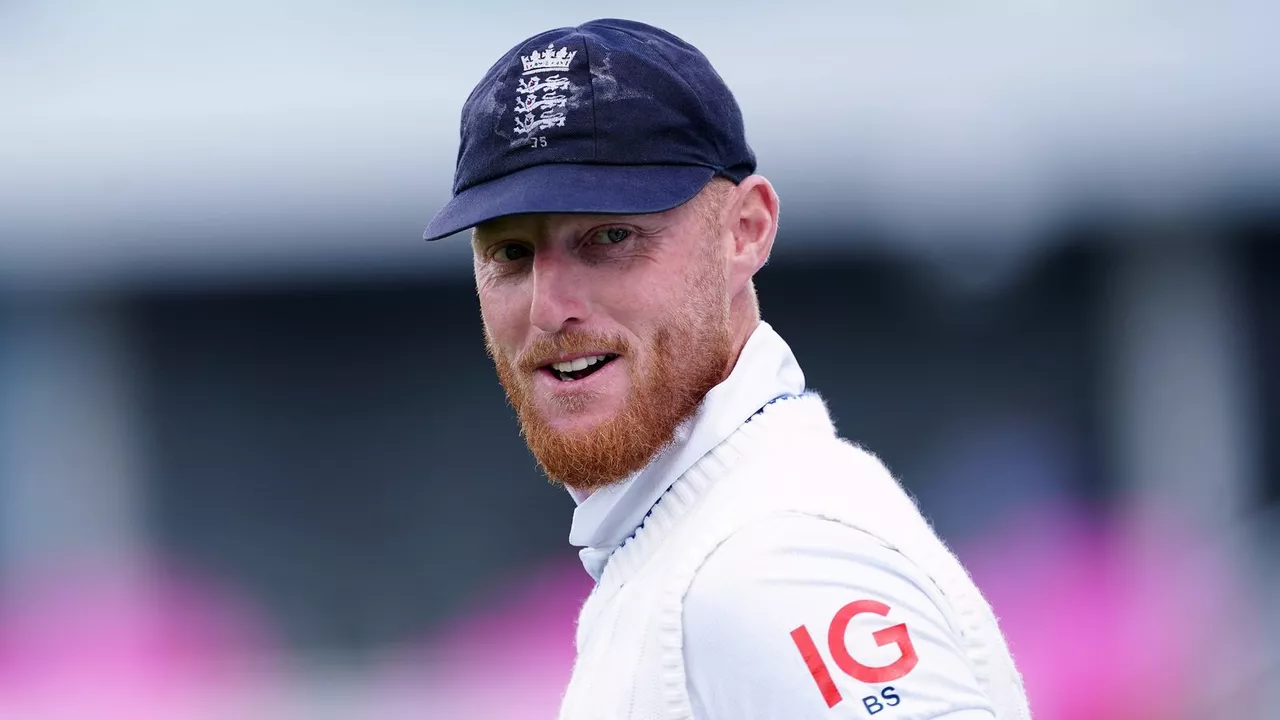Sports Analysis – NFL Players in Pro Rugby Union
Ever caught yourself wondering if a leading NFL linebacker could step onto a rugby pitch and hold his own? You’re not alone. The idea sparks debate in every locker room and fan forum. Let’s strip away the hype and look at the real factors that would decide whether an American football star can become a rugby pro.
Key Athletic Differences
First off, both sports demand raw power and speed, but they use them in different ways. NFL players excel at short bursts—think a 10‑yard sprint off the line. Rugby, on the other hand, is a marathon of continuous play. You’re running, tackling, and passing for 80 minutes without the frequent stop‑start of football.
Second, handling the ball feels completely different. In the NFL, the ball is mostly thrown, and players know exactly when to catch it. Rugby requires catching a slightly larger ball while it’s moving in any direction, often under pressure, then immediately making a decision to pass, kick, or run. That hand‑eye coordination is a skill you can train, but it’s not instinctive for most NFL athletes.
Third, tackling rules change the whole game. NFL tackles are usually from a standing or upright position, aiming for the torso. Rugby tackles must be low, targeting the opponent’s legs and hips to stay safe and legal. A missed technique can cost a penalty or even an injury. So an NFL player would need to relearn how to bring someone down without using a helmet or shoulder pads.
Training Gaps & How to Bridge Them
To close those gaps, the first priority is aerobic conditioning. A typical NFL training plan focuses on strength and short‑duration sprints, while rugby drills run for longer periods to boost stamina. Adding interval runs, long‑distance jogs, and repeated high‑intensity efforts will help an NFL body adjust to the nonstop flow.
Next up is skill work. Spending time on basic passing drills—both short and long—will build muscle memory. Rugby clubs often run catch‑and‑pass circuits that mimic game pressure; hopping into those drills early speeds up the learning curve.
Finally, tackle technique classes are a must. Many rugby academies offer “tackle safe” sessions where players practice low, shoulder‑first hits using pads designed for rugby. Pairing those sessions with video review helps a player see where they’re over‑reaching or using the wrong angle.
When you put it all together—enhanced cardio, dedicated ball‑handling, and proper tackling—an NFL star can become a competent rugby player. It won’t happen overnight; expect a few months of focused training before they’re match‑ready.
That said, some qualities give NFL athletes a head start. Their size, strength, and competitive mindset translate well to rugby’s forward positions. A defensive end, for example, could slot nicely into a lock or flanker role, using his power to dominate the breakdown.
At Rugby Banter Central we love chatting about these cross‑sport combos. Got a player in mind? Drop a comment, share your thoughts, or suggest the next match‑up you want us to break down.

